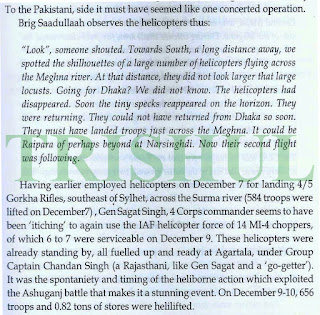It was in 2007 that US-based Honeywell
successfully demonstrated to the Indian Air Force (IAF) the ‘drop-in
installation’ of its F125IN turbofan on a Jaguar IS interdictor/strike
aircraft. The F125IN delivers 30% higher thrust (27.7kN of dry thrust and 43.8kN
with afterburning) than the Jaguar IS’ existing Rolls-Royce-Turbomeca Adour
Mk.811 turbofan (rated at 25kN dry thrust and 37.5kN with afterburning), apart
from offering improved pilot safety, lower maintenance costs and outstanding
reliability. The turbofan’s modular construction and its integral dual full-authority
digital engine control (FADEC) system can provide substantial savings (Rs.7,000
crore or US$1.5 billion) to the operator’s in life-cycle costs. Its
time-between-overhauls (TBO) is 2,000 hours and its total technical service
life (TTSL) of 4,000 hours, compared to the Adour Mk.811’s 1,200 hours and
2,400 hours.

In June 2009 Rolls-Royce
successfully installed and tested the Adour Mk.821 turbofan (an uprated and
upgraded derivative of the Mk.811) in a Jaguar IS to prove its capability and
suitability to the IAF. However, the Mk.821 with a TBO of 2,000 hours and TTSL
of 4,000 hours was being offered as a ‘low-cost’ upgrade and was thus bereft of
some of the more advanced features found on the F125N.
An RFP for new turbofans with
higher thrust was issued by India’s Ministry of Defence ( MoD) on November 26,
2010, to two turbofan manufacturers—Rolls-Royce and Honeywell. The RFP had
specified a requirement for 200 turbofans estimated to cost around Rs.3,000
crore ($670 million) Rolls-Royce later opted to withdraw from the
competitive evaluations rather than be eliminated, resulting in a “single
vendor situation”.

It was at this time that the
MoD-owned Hindustan Aeronautics Ltd (HAL) decided to use its internal resources
with the aim of producing an indigenously designed and developed non-afterburning
turbofan within a timeframe of six years beginning from 2013. Designated as the
HTFE-25 and rated at 25kN dry thrust, its engine core’s inaugural run was successfully
completed in the presence of the then Defence Minister Manohar Parrikar at HAL’s Engine
Division on December 14, 2015. Only two such engine cores had been built by
then and even at that time no mention was made of this turbofan being developed
for the Jaguar IS.




It was only in March 2019 that
HAL decided to develop an afterburner for the HTFE-25 for giving it a maximum
thrust of 40.39kN. However, HAL has not yet officially stated whether or not it
will offer this variant of the HTFE-25 for the IAF’s Jaguar IS, about 80 of
which are due to be re-engined. Nor has HAL provided any data on what will be
the TBO and TTSL of an HTFE-25 turbofan fitted with an afterburner. It also remains
unclear whether HAL will eventually be forced to seek technical consultancy expertise
from the likes of Rolls-Royce for coming up with an optimally engineered
production-series HTFE-25 turbofan meant for the Jaguar IS.

































































